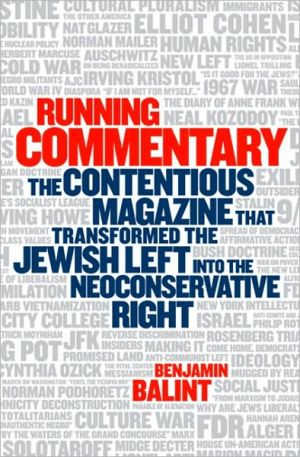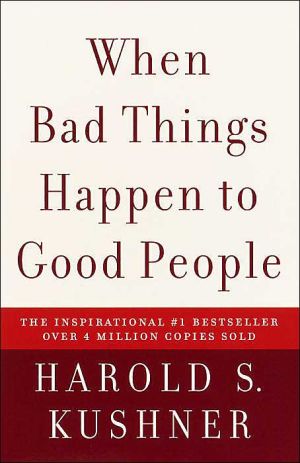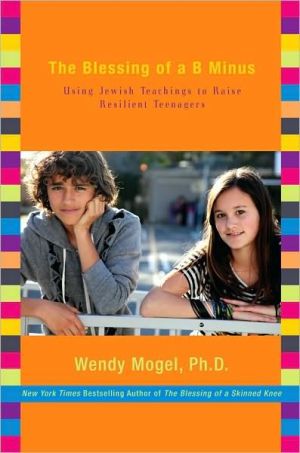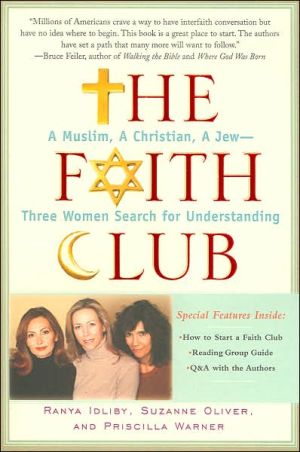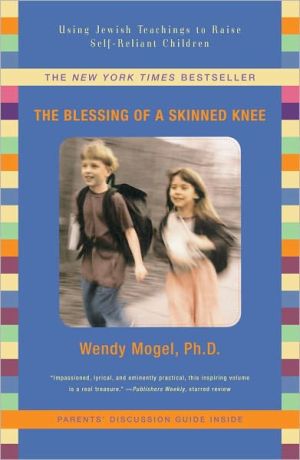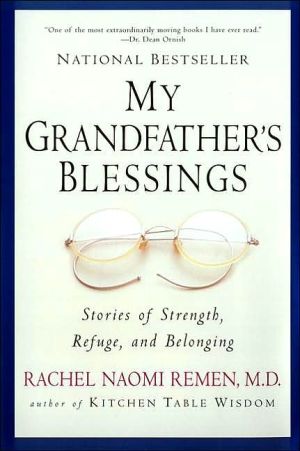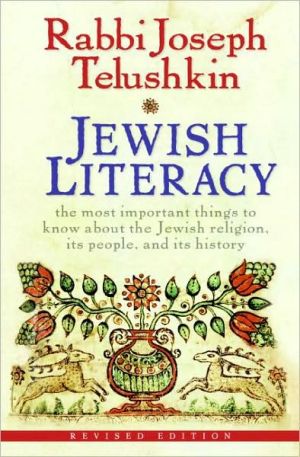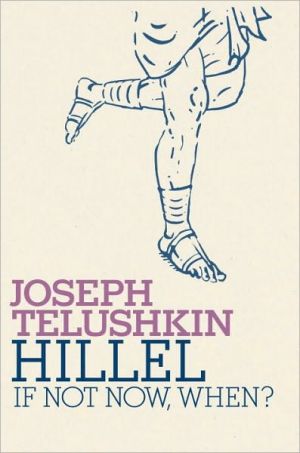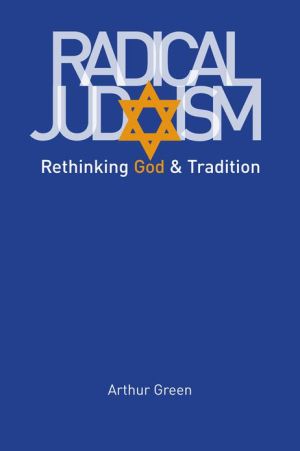Running Commentary: The Contentious Magazine That Transformed the Jewish Left into the Neoconservative Right
In the years of cultural and political ferment following World War II, a new generation of Jewish- American writers and thinkers arose to make an indelible mark on American culture. Commentary was their magazine; the place where they and other politically sympathetic intellectuals—Hannah Arendt, Saul Bellow, Lionel Trilling, Alfred Kazin, James Baldwin, Bernard Malamud, Philip Roth, Cynthia Ozick and many others—shared new work, explored ideas, and argued with each other.\ Founded by the...
Search in google:
The story of the changing Jewish relationship with America—from World War II to the neo-conservatives—as reflected in the surprising evolution of an uncommonly influential magazine Publishers Weekly Former editor of Commentary, Balint introduces a guide of the magazine's evolution with a primary focus on Jewish history from WWI to the present, with parallel Commentary articles and writers providing crucial historical markers. The Holocaust gets extensive coverage, both through the eyes of its victims and of Commentary's editors and writers, complete with early critiques of the ignorance that created and fed the WWII machine. Balint ties the growth of the magazine to the influx of Jews to America following that war. As refuges built new communities, Commentary widened its focus from the Jewish religion, printing articles that expressed pride in Judaism and patriotism for America, making it acceptable for Jewish immigrants, who were ready to shed the past because of the extensive Nazi hatred, to embrace American culture while maintaining their Jewish identity and religion. Readers will appreciate this rare behind-the-scenes look into a prolific magazine that helped provide a positive outlet and shape a new community after an unthinkable atrocity.
\ Publishers WeeklyFormer editor of Commentary, Balint introduces a guide of the magazine's evolution with a primary focus on Jewish history from WWI to the present, with parallel Commentary articles and writers providing crucial historical markers. The Holocaust gets extensive coverage, both through the eyes of its victims and of Commentary's editors and writers, complete with early critiques of the ignorance that created and fed the WWII machine. Balint ties the growth of the magazine to the influx of Jews to America following that war. As refuges built new communities, Commentary widened its focus from the Jewish religion, printing articles that expressed pride in Judaism and patriotism for America, making it acceptable for Jewish immigrants, who were ready to shed the past because of the extensive Nazi hatred, to embrace American culture while maintaining their Jewish identity and religion. Readers will appreciate this rare behind-the-scenes look into a prolific magazine that helped provide a positive outlet and shape a new community after an unthinkable atrocity.\ \
